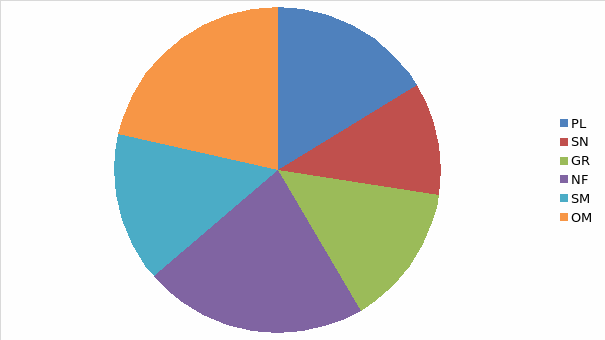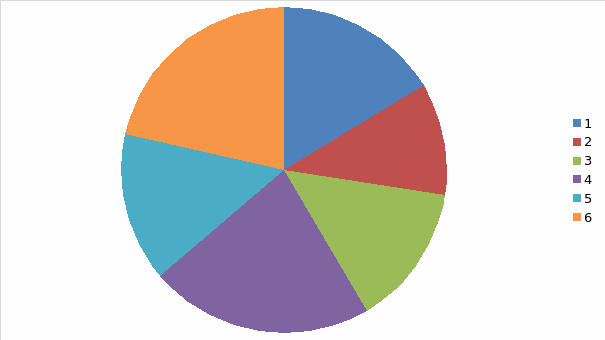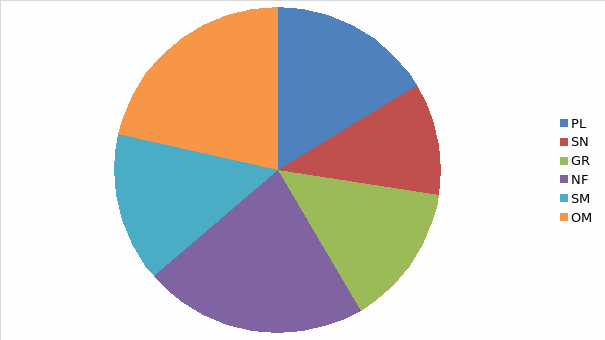Introduction
I made series of observations on July 26, 2014 at the Sacramento Zoo. I made the observations over a period of 30 minutes. Each observation was made after 20 seconds. My observations were on three primate species which are the prosimian ring-tailed lemur, new world white-faced Saki monkey, and the ape chimpanzee. The three primates were enclosed in separate cages. I was prepared to make observations on the behaviour of the three primates within their enclosed incarceration. Surprisingly, the three primates appeared happy and seemed to enjoy the daily treatment at the zoo.
The main behaviour characteristics that I observed include play-face (PL), sniff/nuzzle (SN), groom (GR), new food (NF), scent mark (SM), and object manipulation (OM) (Thompson, Whitten, and Norconk 15; Loudon, Fish, Ishikawa, and Youssouf 67; Rosati and Hare 877). The characteristics are summarized below.
- Play-face (PL): Mouth opened when lips are not retracted.
- Sniff/nuzzle (SN): Face oriented against an object.
- Groom (GR): Use of mouth or hands to rub fur.
- New food (NF): Eat.
- Scent mark (SM): Drag or rub supra-pubic part along an object.
- Object manipulation (OM): Push or pull an object.
Hypothesis
I expect the primates to be active and display more of grooming and object manipulation since most of stories and class work suggest that these primates are very conscious about themselves and the environment.
Materials and methods
I collected data through direct observation. I obtained permission from the zoo management to position myself just five meters from the animal cages. I carried a pen and a paper to be use in noting down the observed behaviour of the three primates. The process of data collection involved taking Observations after every twenty seconds in a concurrent manner for thirty minutes. Since the cages for the three primates were adjacent to each other, I was able to make observations and recordings at the same time.
Since the weather was sunny, I had to strain from time to time as the primates retreated within their cages to avoid the scotching sun. Besides, I was instructed to stand in a position where I was not able to see all the primates in each cage. However, the zoo officials were very helpful in providing all the information I requested for.
Data recording
Results
Primate Activity Budget Charts
Prosimian Ring-Tailed Lemur.
The above results are summarized in the pie chart below.

New World White-Faced Saki Monkey.
The above data is summarized in the pie chart below.

Ape Chimpanzee.
The above data is summarized in the pie chart below.

The three primates.
This is summarized in the pie chart below.

Key
- Play-face (PL)
- Sniff/nuzzle (SN)
- Groom (GR)
- New food (NF)
- Scent mark (SM)
- Object manipulation (OM)
Discussion
Despite spending only thirty minutes in the zoo, I was able to make very fascinating observations. At the ring-tailed lemur cage, I observed a group of ten lemurs huddled together. This group has a very friendly relationship and constantly groomed each other between durations of eating which lasted between one to two minutes.
The males were very interesting with their constant sniffing and pushing objects around. The females were more interested in playing and scent marking (Loudon et al. 67). The lemurs did not pay attention to my presence and seemed to enjoy playing with each other as though they were in the wildness. This gave me an opportunity to record their behaviour without creating any form of distress or disruption of their way of life.
Adjacent to the lemur cage was the Saki monkey enclosure. Before coming to this zoo, I did not know much about this specie in terms of behaviour orientation. After making the observations at the lemur enclosure, I assumed that the Saki monkey would be equally playful and friendly. I was wrong. The adult male Saki monkeys were very hostile and seemed to enjoy harassing the females, especially when eating (Thompson et al. 15).
As though playing a hide and seek game, the female monkeys would quickly grab some bananas and eat each time the males turned their back away from the food. I was not sure if the same behaviour is norm of the day in the Saki monkey’s natural habitat. However, the findings confirmed my earlier notion about the behaviour of the Saki monkey. Just as I thought, this specie is very intelligent, active, and playful.
The chimpanzee enclosure was more of a recreated wild hillside than a cage. There were four chimpanzees in this enclosure. My previous assumption was that I would find the chimpanzees miserable because their movement is limited. Surprisingly, the chimpanzees were very jovial and seemed to enjoy every moment.
The chimpanzees spent more time grooming and eating than any other activities. The male chimpanzee constantly sniffed and made gestures suggesting scent marking (Rosati and Hare 877). Actually, the behaviour of the chimpanzees confirmed my assumption that they are very active and love grooming.
Conclusion
In summary, the primates were active and displayed love for grooming and object manipulation as I had expected. The chimpanzees were the most active. However, the male Saki monkeys were very hostile and guarded their territory with a lot of energy. Interestingly, the lemurs were the most friendly and communal in their relationship.
Works Cited
Loudon, Joan, Sauther Fish, Hunter Ishikawa and Jacky Youssouf. “One reserve, three primates: Applying a holistic approach to understand the interconnections among ring-tailed lemurs (Lemur catta), Verreaux’s sifaka (Propithecus verreauxi), and humans (Homo sapiens) at Beza Mahafaly Special Reserve, Madagascar.” Ecological and Environmental Anthropology 2.2 (2006): 54–74. Print.
Rosati, Gerald and Benard Hare. “Decision-making across social contexts: competition increases preferences for risk in chimpanzees and bonobos.” Animal Behaviour 84.1(2012): 869–879. Print.
Thompson, Cynthia, Paul Whitten and Marilyn Norconk. “Can male white-faced saki monkeys (Pithecia pithecia) detect female reproductive state?” Behaviour Journal 1.66 (2011): 10-29. Print.